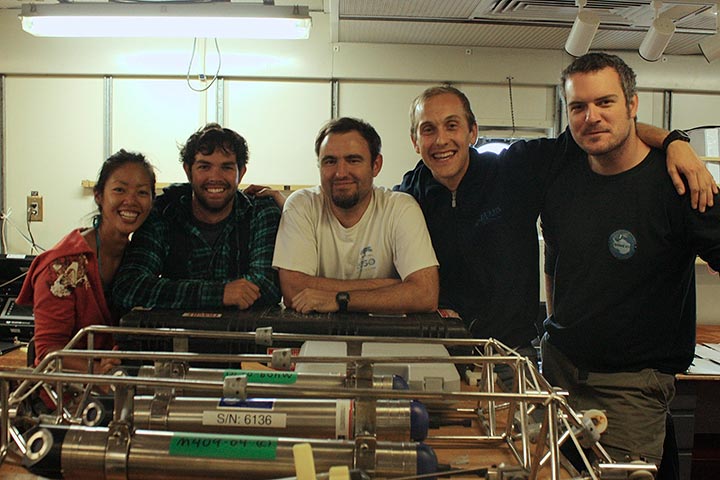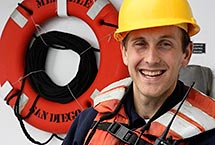
During the waning decades of the 15th century, two events—occurring within four years of each other—would change forever the course of world history. In 1492—well, everyone knows what happened in 1492. In 1488, Bartholomew Dias dropped his hook in Lisbon harbor and announced that Africa had a bottom that ships could actually sail around it to reach the riches of the East, the Indies. That’s what Europeans had always wanted, the riches of the East in the form of spices. Nutmeg, cloves, cinnamon, and pepper were crushingly expensive, because they had to be shipped overland across the breadth of Asia with dozens of middlemen en route to the Eastern Mediterranean, where the Italians controlled the business. Spices bankrolled the Italian Renaissance. What Europeans wanted was a sea-route to the riches. But their geography had been faulty.
That was because of Ptolemy, a second century Alexandrine Greek, who drew a map showing the world as a single landmass, a single ocean; you could reach the East by sailing west from Europe. And it showed the Indian Ocean as a great lake; you could not reach India from the Atlantic. (The story has it that Columbus was in Lisbon trying to sell his Empire of the Indies on the very day Dias returned with the African news.) But Dias never rounded the Cape of Good Hope, however much he wanted to, because his frightened crew informed him they’d mutiny and throw him overboard if he gave the order. Nor did he meet this incredibly strong Agulhas Current. Vasco da Gama did both.
Gama landed in Calicut, India on 20 May 1498 after a voyage of 12,000 miles, four times longer than Columbus’s and far harder, the longest voyage in human history until Magellan’s two decades on. Gama couldn’t help but notice, strolling around the local market, that a pack of pepper purchased in India would bring about 3,000 percent profit in Portugal. To abbreviate a troubling, bloody history, since it’s not our story, Gama returned a few years later with a fleet of ships and flattened Calicut when the pasha refused to trade on his terms (cannons were among the few things the West had that the East did not). And the Portuguese who followed during the next decades completely subjugated the Indian Ocean states as well as the Spice Islands to the east. Meanwhile, Columbus and the Spanish were doing the same thing in the New World, thanks to what Jared Diamond called their guns, germs, and steel and, I would add, their ships. Europeans from this hitherto backward little Iberian Peninsula had taken over the old world and the new, at least for a time.
Gama was a heartless, ruthless head splitter, but he was a brilliant sailor, and he knew a great current when he saw it. Back along the South African coast, trying to head north, he tacked inshore and off for three days, only to find he had been set south 60 leagues, about 120 miles. “This was due to a very strong current,” he wrote in his log, the first mention in history of the Agulhas Current. And five centuries later all of us, even the old salts aboard Melville, are thoroughly impressed with this headlong rush of water. When I first went to sea with Lisa, she was doing Gulf Stream work. As we extolled the power of that magnificent current, she’d say, “Yeah, but you ought to see the Agulhas.” And afterward every time we’d see something impressive, we’d kid her saying, “Yeah, but you ought to see the Agulhas.” We don’t do that anymore.














